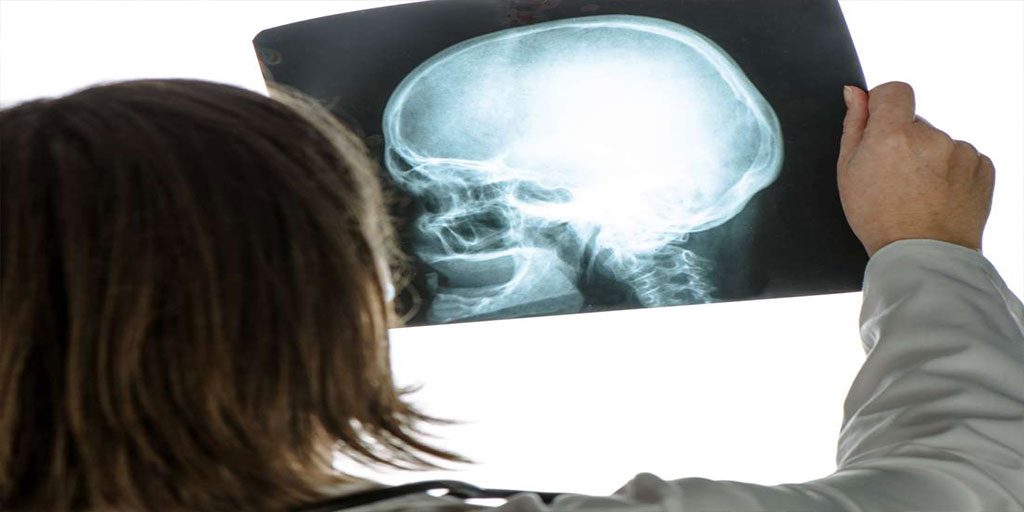

6th November 2022
How serious is a fractured skull?
The skull can break, or fracture, if it is subject to a direct and forceful impact. The underlying cause of a skull fracture is a head trauma that is significant enough to break at least one bone. People with a skull fracture need treating as soon as possible.
Skull fractures can vary in severity, and the extent of the injury depends on:
- the affected bone or bones
- how deep the fracture is
- whether or not the fracture also affects the skin, blood vessels, sinuses, and mucous membranes
Skull fractures can either be linear, which means that they have a single fracture line, or communicated, where multiple fracture lines are present.
It is also possible to describe fractures as either open or closed. An open fracture, also called a compound fracture, is one where there is a break in the skin or an open wound near the fracture. In a closed fracture, the bone will not penetrate the skin.
What are the causes?
A skull fracture will always result from head trauma.
Typical injuries that cause skull fractures include:
- heavy falls
- car accidents
- sports injuries
- physical assault
Types
Doctors classify skull fractures by how severe they are and how much additional damage the injury has caused.
The different types of skull fracture include:
- Simple fracture: Where the skull fractures without damaging the skin.
- Linear fracture: Where the fracture is one thin line with no additional lines splintering from it and no compression or distortion of the bones.
- Depressed fracture: Where the fracture causes displacement of the bone toward the brain.
- Compound fracture: Where there is a break in the skin and a splintering of the skull bone.
Some skull fractures can cause bleeding or swelling in the brain, which can compress the underlying brain tissue and result in brain damage.
What are the symptoms?
The symptoms of a skull fracture may include:
- a headache or pain at the point of impact
- a bump or bruise
- bleeding from a wound
- bleeding from the ears, nose, or eyes
- clear fluid leaking from the ears or nose
- bruising behind the ears or under the eyes
- feeling drowsy, confused, or irritable
- loss of speech or slurred speech
- difficulty swallowing
- loss of balance
- impaired vision
- changes in the pupils, such as becoming dilated or not reacting to light
- convulsions
- becoming unconscious
- feeling sick or vomiting
- a stiff neck
- swelling
- difficulty breathing
- numbness or paralysis
- a slow pulse
- ringing in the ears or difficulty hearing
- facial weakness
- loss of bowel or bladder control
Diagnosis
As skull fractures occur as a result of severe head trauma, diagnosis tends to take place in a hospital setting.
A doctor will begin by checking the individual's cardiac and pulmonary function before giving them a thorough body examination and then carrying out a neurological exam.
They will use the Glasgow Coma Scale (GCS) to work out how severe the injury is. This form of assessment involves determining how impaired a person's consciousness is to ascertain whether or not brain damage is likely.
The doctor will also check the pupils by shining a bright light in them to see if they shrink. A dilated pupil may indicate that a large lesion has developed.
Other tests to diagnose and assess the severity of a skull fracture may include a CT scan, X-ray, or MRI scan.

NOTICE
IF ANYONE WANTS NEWS NOTIFICATIONS VIA WHATS APP PLEASE SAVE OUR NUMBER AND SEND US A MESSAGE AT 7584896261 AND WE WILL ADD YOU TO OUR LIST







